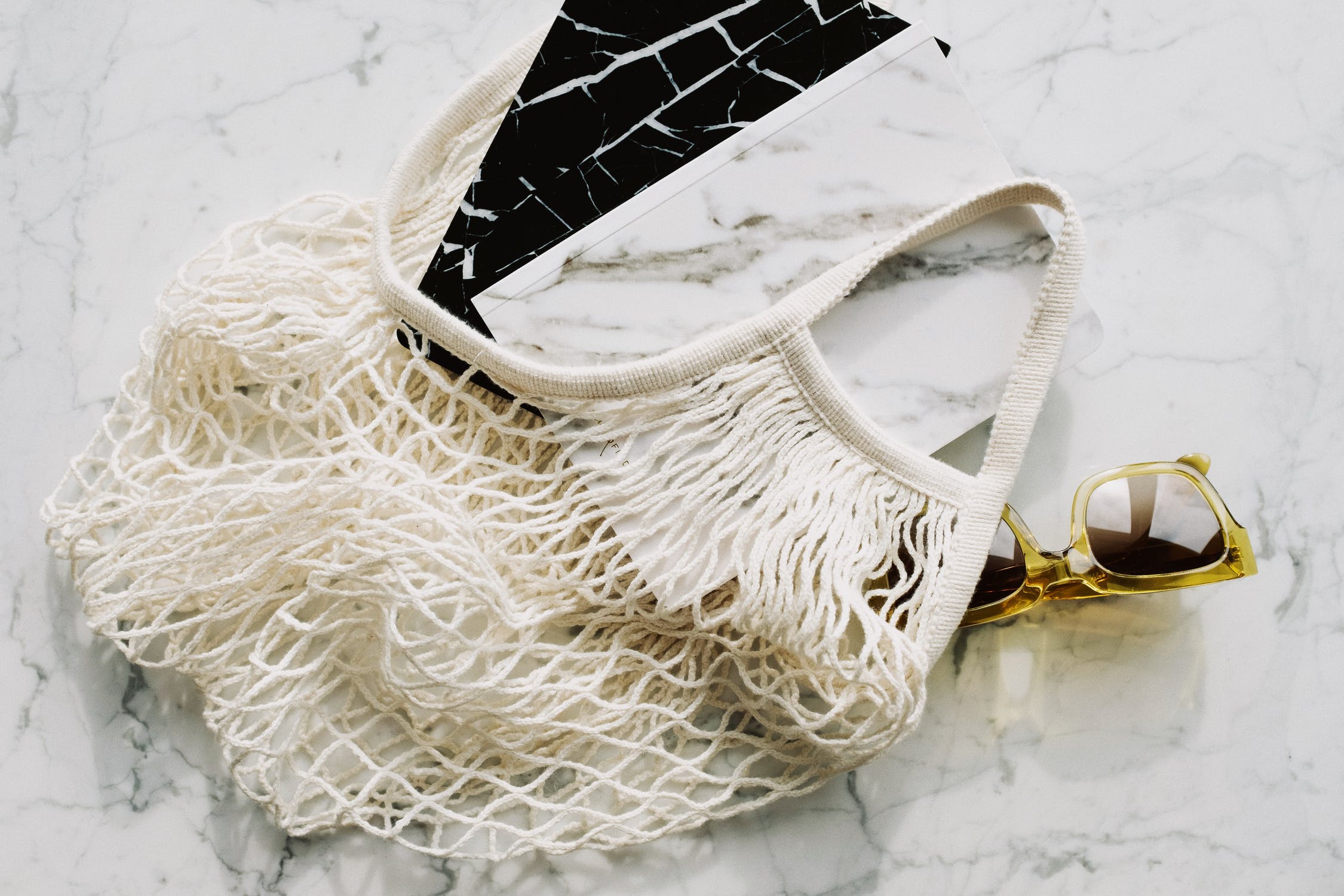
In the last several years, sustainable fashion has become a popular industry. A growing number of brands are promoting ethically sourced and manufactured garments, and many of the designs are unique enough to easily rival the contemporary pieces at your local department store. But what sets apart an eco-friendly fashion line from fast fashion? At its heart, the answer lies in materials, but true eco fashion goes so much deeper. Real eco-friendly fashion embodies an earth-first mindset that encourages conscious consumption, mindfulness and gratitude. Rather than seeing our clothes as disposable material goods that come and go with the season, people gain a deeper appreciation for the entire life cycle of their attire.
What Does Sustainable Mean?
Sustainable is not just about preservation. While longer lasting clothes are a priority for eco fashion lines, the sustainable approach encompasses every stage of a garment’s lifespan. From sourcing materials to manufacturing and, ultimately, recycling or disposing, these clothes are meant to be kind to the Earth and reduce waste as much as possible.
The primary goals of sustainable fashion are to increase consumer value and decrease environmental impact. The manufacturing industry has become notorious for its inhumane working conditions, human exploitation and unpaid labor. But most seamstresses and designers are in third-world countries. Their suffering doesn’t have any real visibility in the United States aside from a pretty looking dress hanging on a rack, or that must-have pair of shoes you see in the store window.
Transparency is a cornerstone of the sustainability movement; brands are open about where they source the materials for their designs, where they are made and how the workers are compensated. In addition to spreading awareness, this also promotes greater inclusivity. The faceless, overworked factory workers in Americans’ minds become real human beings who deserve to earn a fair living just as much as they do.
Embracing Eco-Friendly
You can start your wardrobe evolution by first educating yourself on concepts like ethical agriculture and manufacturing, eco fabrics and vegan fashion brands. Consider things like:
- Fabrics and dyes used
- Openness about supply chains
- Give-back programs that benefit the environment and people
- End-of-life practices that ensure products are fully repairable or recyclable
Beyond clothing, you’ll find that learning about eco-friendly fashion also makes you more conscious of your environmental impact. You’ll become aware of how much water you’re using, where the plastic silverware in your take-out will wind up and how much pollution you produce just getting around your neighborhood. You can easily find yourself learning about other alternatives to daily essentials that are more environmentally conscious. Take an ebike, for example. These bikes are great for exercise and can also be a good alternative to driving when the weather is nice. If you decide to invest, just remember that helmets save lives, so you should always wear yours even when your bike is doing most of the work.
Starting Your Sustainable Journey
You do not need to throw away every piece of clothing in your closet. In fact, that’s probably the worst thing you could do because it does nothing but produce more waste. Instead, take inventory of what you own and find ways you can sustain its life. Do you really need to throw out those pants because they’re last season? Jeans are good for years and years; don’t throw yours out because they happen to be a little faded. Become more mindful of what you buy, and when you do get rid of old clothes, look for ways to upcycle or donate them. When you buy new, choose brands that, while a little pricier initially, give you an investment in both your product and others’ welfare.






